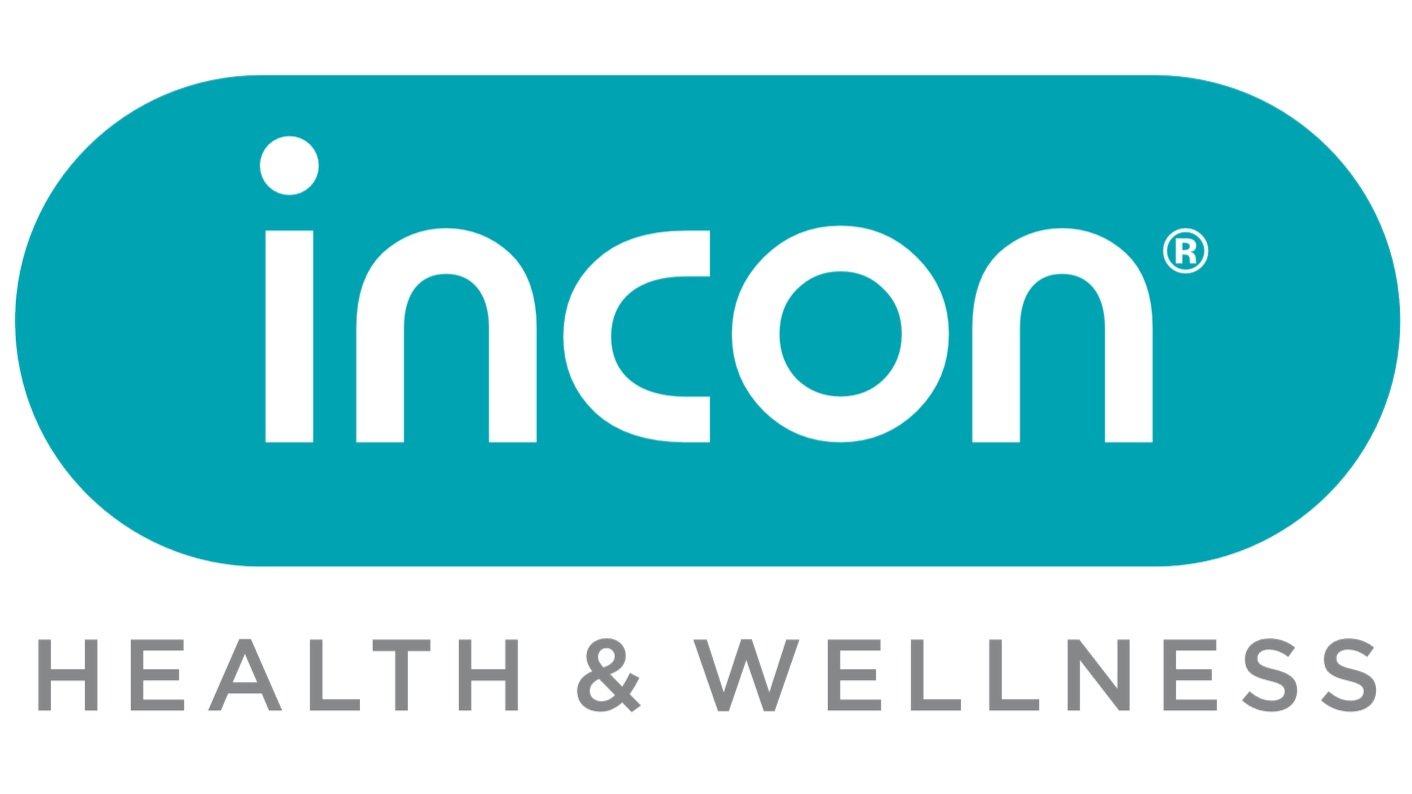Quick Guide to Risk Assessments
Risk assessments are essential for maintaining a safe and productive workplace. They involve identifying potential hazards, evaluating the associated risks, and implementing measures to mitigate them. Here’s a streamlined guide to the process:
What is a Risk Assessment?
A risk assessment systematically identifies workplace hazards, evaluates the risks, and determines how to control or eliminate them. This proactive approach helps prevent accidents and health issues.
The Risk Assessment Process
Identify Hazards: Pinpoint physical, chemical, biological, or ergonomic hazards. Engage with employees and review incident reports for insights.
Evaluate Risks: Assess the likelihood and severity of harm from each hazard to prioritise which risks to address first.
Determine Control Measures: Identify appropriate measures such as engineering controls, administrative procedures, or personal protective equipment to manage each risk.
Implement Controls: Put the measures into action, ensuring employees are trained and informed.
Review and Revise: Regularly update assessments, especially after workplace changes, to ensure continued effectiveness.
Benefits of Risk Assessments
Prevents Accidents: Reduces the likelihood of injuries and accidents.
Enhances Compliance: Helps meet health and safety regulations.
Boosts Morale: Creates a safer work environment, improving employee confidence.
Cuts Costs: Reduces expenses related to accidents and health issues.
Conclusion
Effective risk assessments are crucial for a safe workplace. By regularly reviewing and updating your assessments, you ensure a proactive approach to safety. For further guidance on implementing risk assessments, explore additional resources or get in touch for expert advice.

